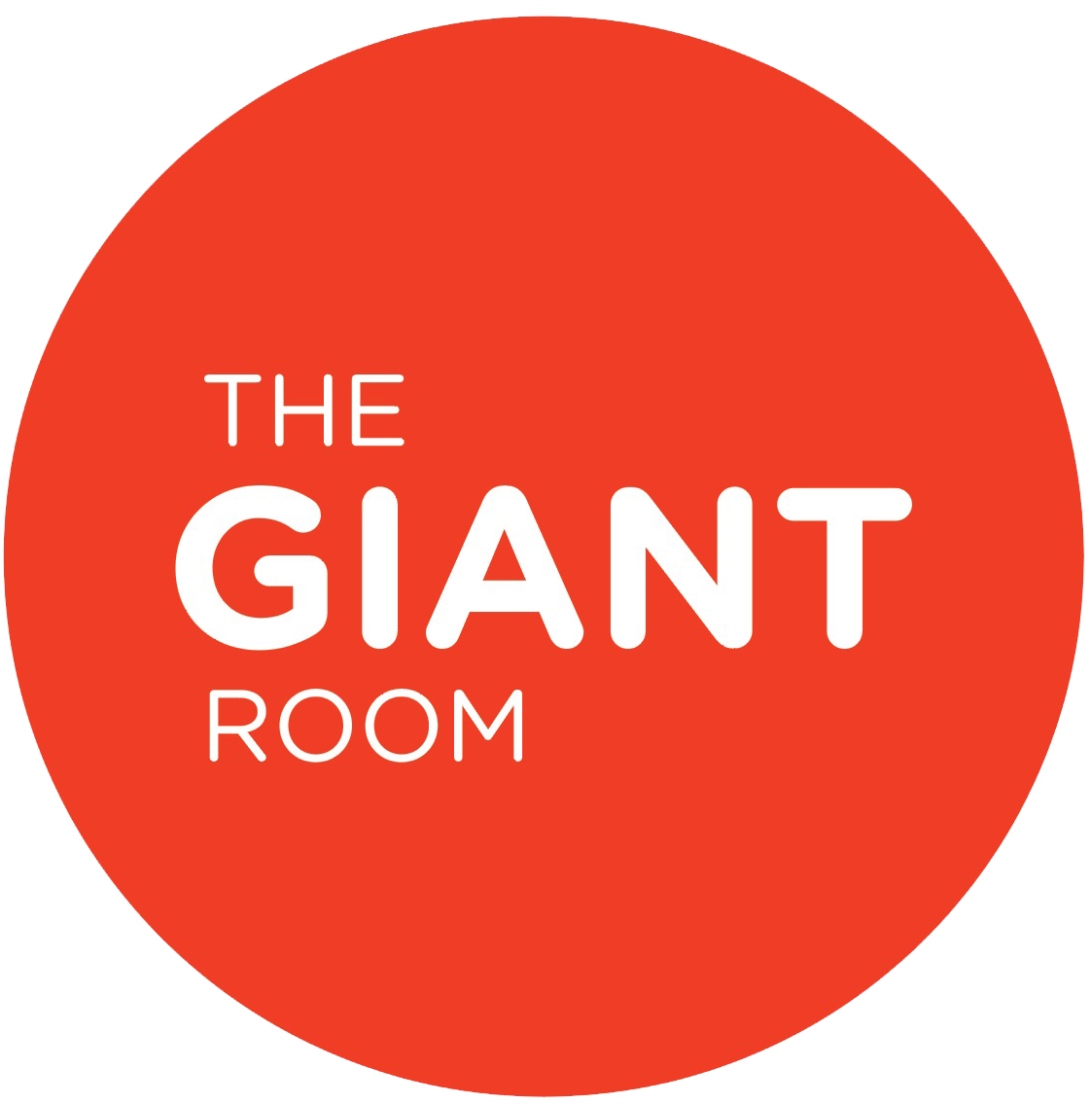STEAM (STEM + ARTS) News in Review: 4/1/2022
Our STEAM (STEM + Arts) News in Review for this week. Below are the articles we read and wanted to share. Enjoy!
Volunteer crows help clean up a city! This article shares just how clever crows are and puts their smarts to eco-friendly use by training them to pick up litter. Crows are currently helping clean up a city in Sweden by collecting the many many cigarette butts that litter the ground. When the birds carry out the task correctly they are rewarded by receiving a little food for every butt that they deposit in a bespoke machine designed by a startup in Södertälje, near Stockholm. “They are wild birds taking part on a voluntary basis,” said Christian Günther-Hanssen, the founder of Corvid Cleaning, the company behind the method.
The Guardian: Clever crows pick up litter
Robo guard dogs take on new responsibilities. A new kind of guard is patrolling the ancient ruins of Pompeii in Italy…. a robot dog called Spot. This is the first time this kind of technology has been developed for an archaeological site. Spot is a canine robot developed by Boston Dynamics and is being used to identify structural and safety issues, such as narrow passages and uneven surfaces, while also inspecting underground tunnels. This is all in an effort to use technology in an integrated way with the park turning Pompeii into a modern “Smart Archaeological Park”.
Art News:A ‘Dog’ Robot Is Now Guarding Pompeii’s Ancient Ruins
Printing your own medicine! Game-changing 3D printing technology is fast-tracking the option to personalize doses of medicine by allowing for direct printing of pills. Developers are moving quickly in Britain as scientists at University College London (UCL) have developed a new technique that can print pills in three seconds (from the standard 3 minutes it typically takes). And they are confident they can cut it to less than a second. This has the potential to revolutionize the pharmaceutical industry.
iNews Science: Printing your own pills after a 3D printer breakthrough
No Joke- Talking dolphins do exist! A wild dolphin named Kylie converses with porpoises, showcasing an amazing example of cross-species communication. This Scottish dophin lives around no other dolphins but has befriended the local harbor porpoises. New research published in Bioacoustics this January suggests Kylie’s relationship to porpoises is closer than scientists imagined. Typically, dolphins vocally use a diverse range of clicks, whistles, and pulse calls, but Kylie doesn’t whistle. Instead, she “talks” more like harbor porpoises, which communicate using high-pitched bursts of clicks. Making dolphins seem like very friendly!
National Geographic: For the first time wild dolphins observed "talking"
When equality prevails so does innovation. Research has found that an innovative mindset is six times more prevalent in most-equal cultures than the least-equal ones. We have celebrated Women's History Month every March for over 40 years to mark the importance of equal access to jobs and education; nevertheless, women are still left behind. A recent report by the Power in Diversity Initiative (PID) highlights intriguing stats pertaining to women in startups and VCs in the startup nation. The study examined 424 startups as well as 70 Venture Capital (VC) funds and found that women make up only 33% of tech employees. So while technological and financial capabilities of tech companies are growing rapidly, gender equality is not keeping pace. The stats are pretty similar in the US. according to Deloitte. It remains puzzling that the tech industry, probably the most innovation-orientated of industries, why gender inequality still prevails. Read more to find out how we can shift cultural perspectives and the importance of female VCs investing in other females and role models like Madeleine Albright whose legacy proves that women can not only reach new heights, but can also pave the paths for other women in the process.
Forbes: Does Innovation Engender Equality? Gender Inequality In Tech, Apparently, Is Still A Thing
AMNH reveals its incredible new Science, Education, and Innovation Center! The American Museum of Natural History unveils a new immersive architectural wonder next winter to the public. Some of the features include a 360-degree Invisible Worlds Theater, a year-round, 3,000-square-foot vivarium that will have free-flying butterflies and illustrated cards identifying each, a 5,000-square-foot Insectarium that will feature live and digital displays; a monumental beehive; and a gallery surrounding visitors with the sounds of Central Park insects. The architecture is intended to evoke a sense of agency and serendipity as visitors follow their own curiosities and reflect on our roles in the environment. The museum president, Ellen V. Futter, shared “We as a species don’t stand outside the environment — we affect it, and it affects us. It changes your understanding of where we fit and that we have responsibilities.” The center hopes to impact public understanding of science as many of the most important and pressing issues of our time have science as their foundation.
The New York Times: The American Museum of Natural History's new Science Center takes shape

